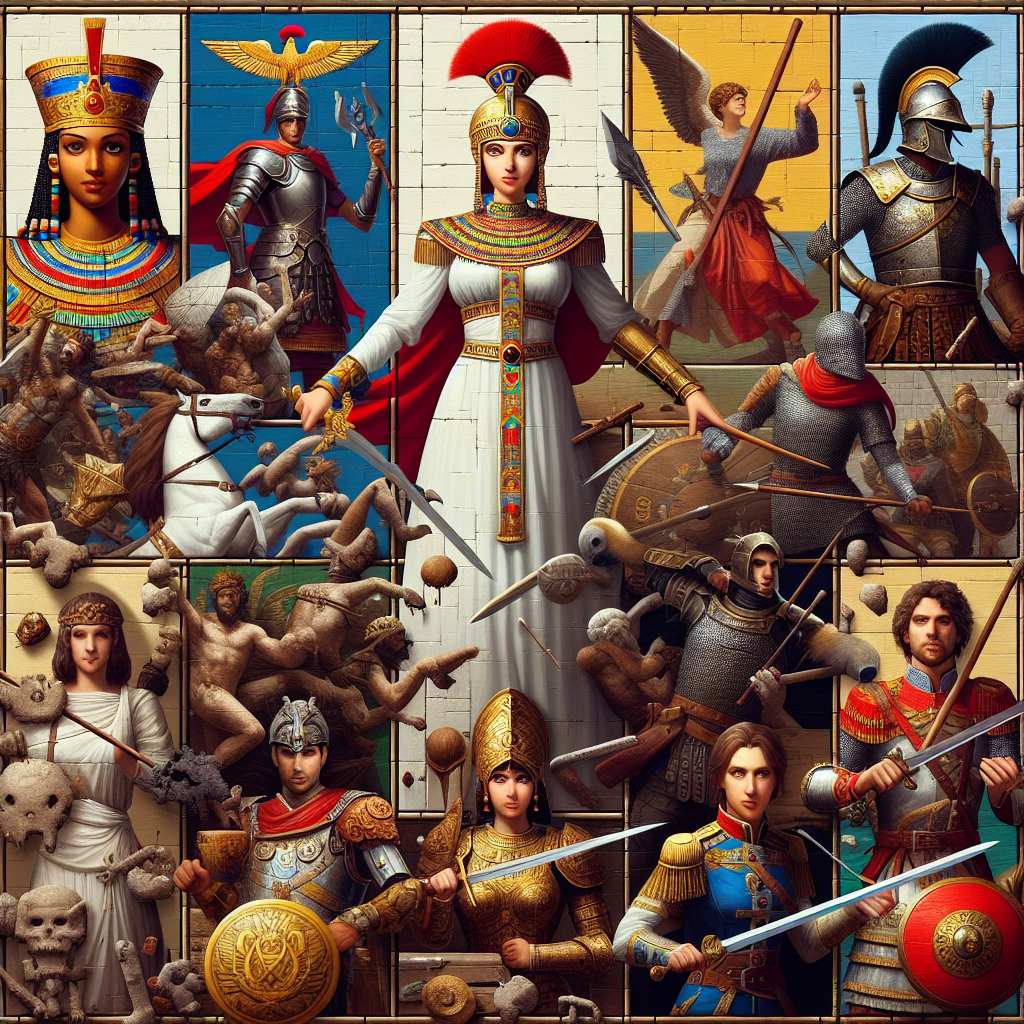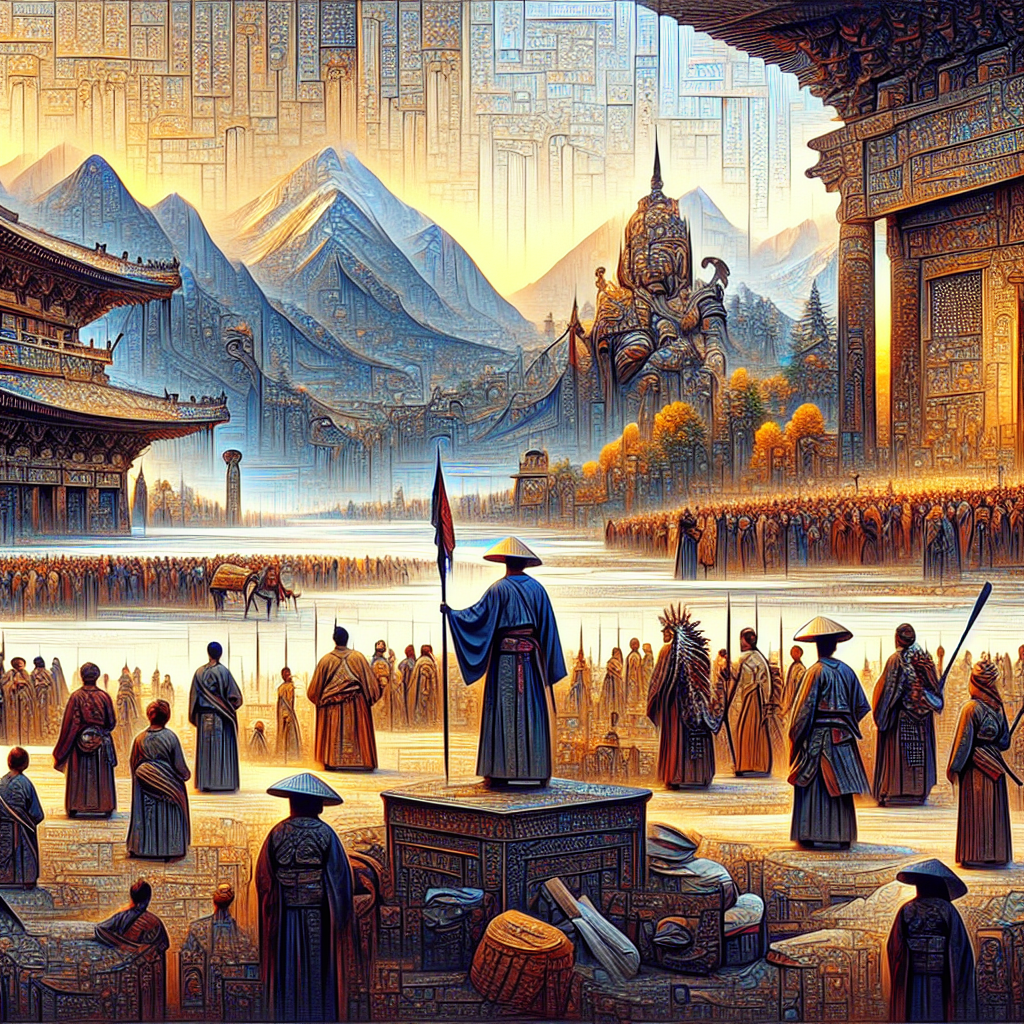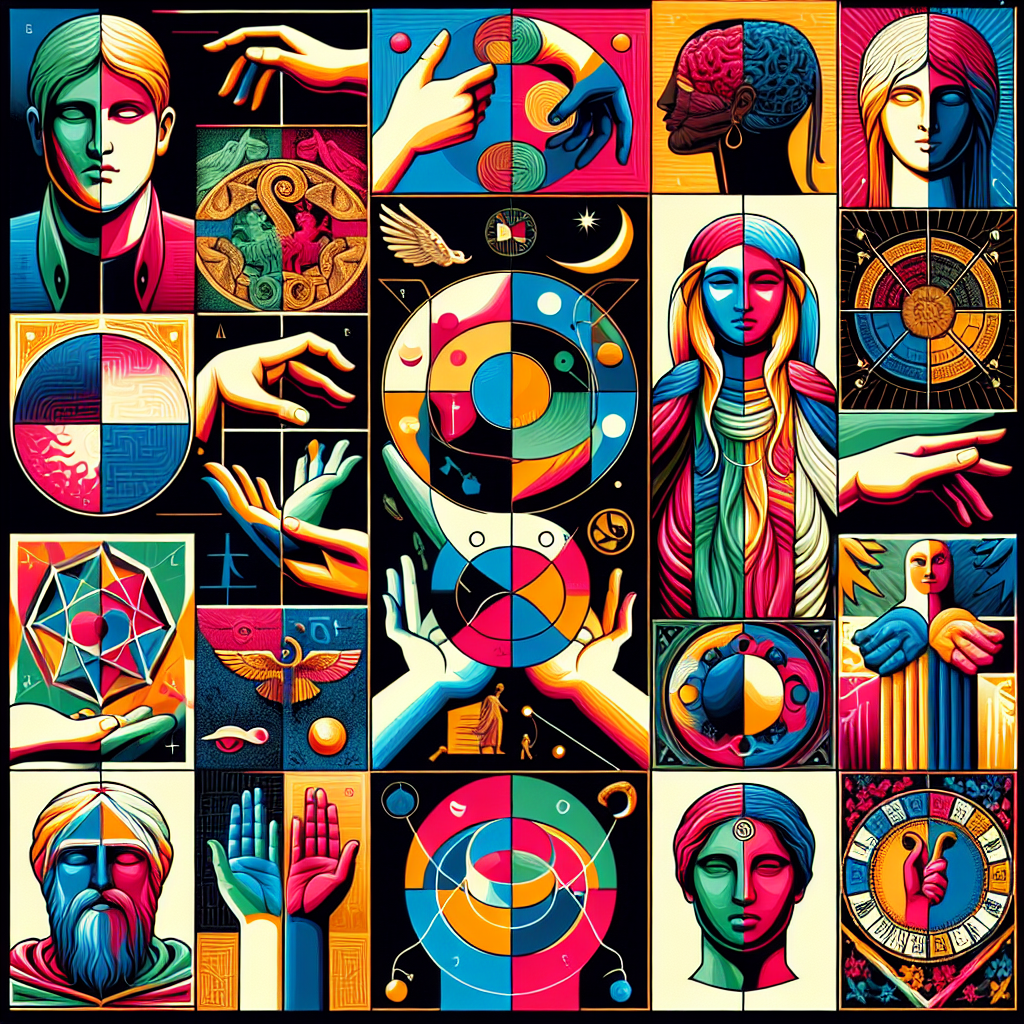In the world of video games, characters often draw inspiration from various sources, including the rich tapestry of history. This article explores how historical figures as game heroes could captivate players and bring a unique perspective to gaming experiences. By blending history with entertainment, game developers can create compelling narratives and characters that resonate with audiences.
1. The Allure of Historical Figures
Historical figures possess traits that make them ideal candidates for game heroes. Their real-life exploits, challenges, and achievements can be transformed into engaging storylines. For instance, imagine a game where players assume the role of Joan of Arc, leading her troops in epic battles during the Hundred Years’ War. With her fierce determination and strategic mind, she could inspire players to overcome obstacles and fight for justice.
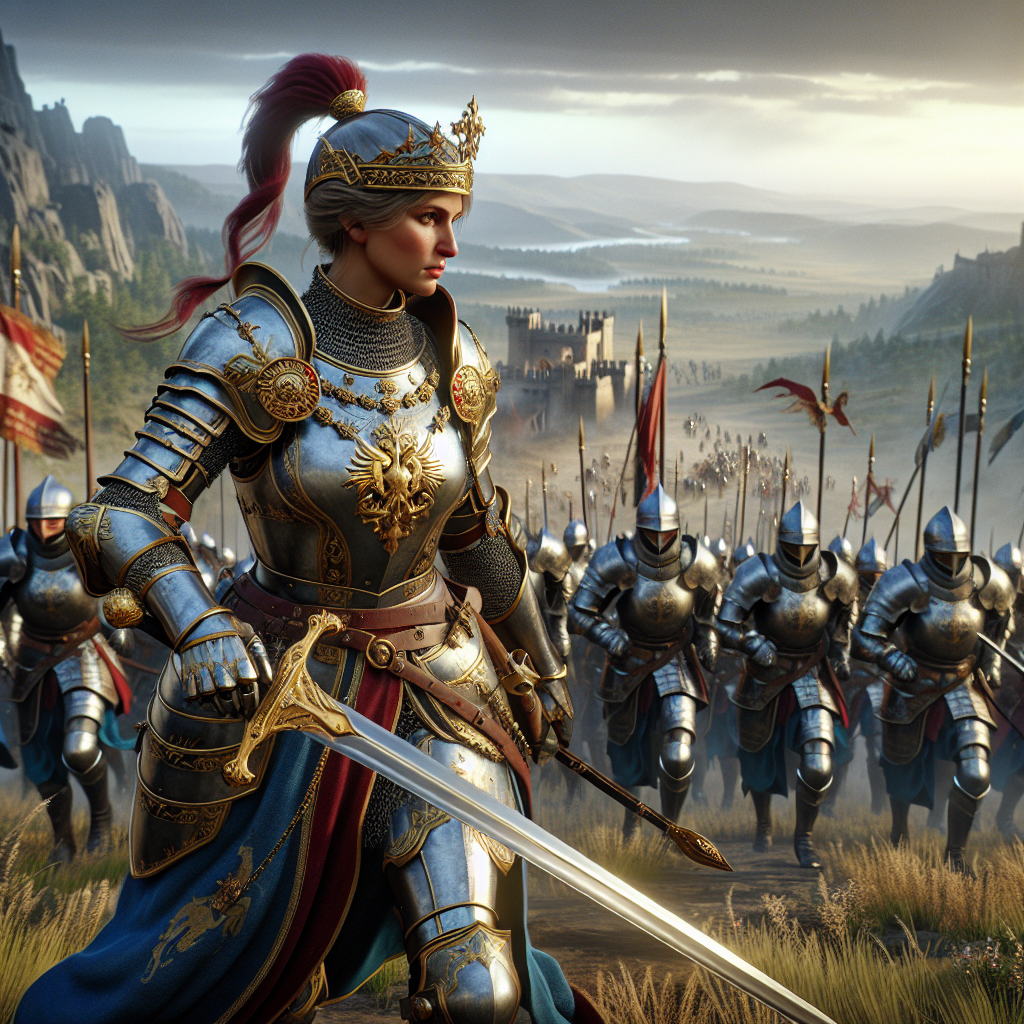
Another intriguing character is Alexander the Great, whose conquests shaped the ancient world. A game could allow players to experience his military tactics and leadership, navigating through various cultures and challenges. Historical figures as game heroes not only entertain but also educate players about significant events and personalities from the past.
2. Diverse Characters and Their Impact
The diversity of historical figures offers a wealth of options for game developers. From the brilliant scientist Marie Curie to the fearless warrior Genghis Khan, each character brings unique skills and backgrounds. Imagine a strategy game where players can choose to play as Curie, utilizing her knowledge of science to solve puzzles and advance technology, or as Genghis Khan, leading a vast empire through conquest and diplomacy.
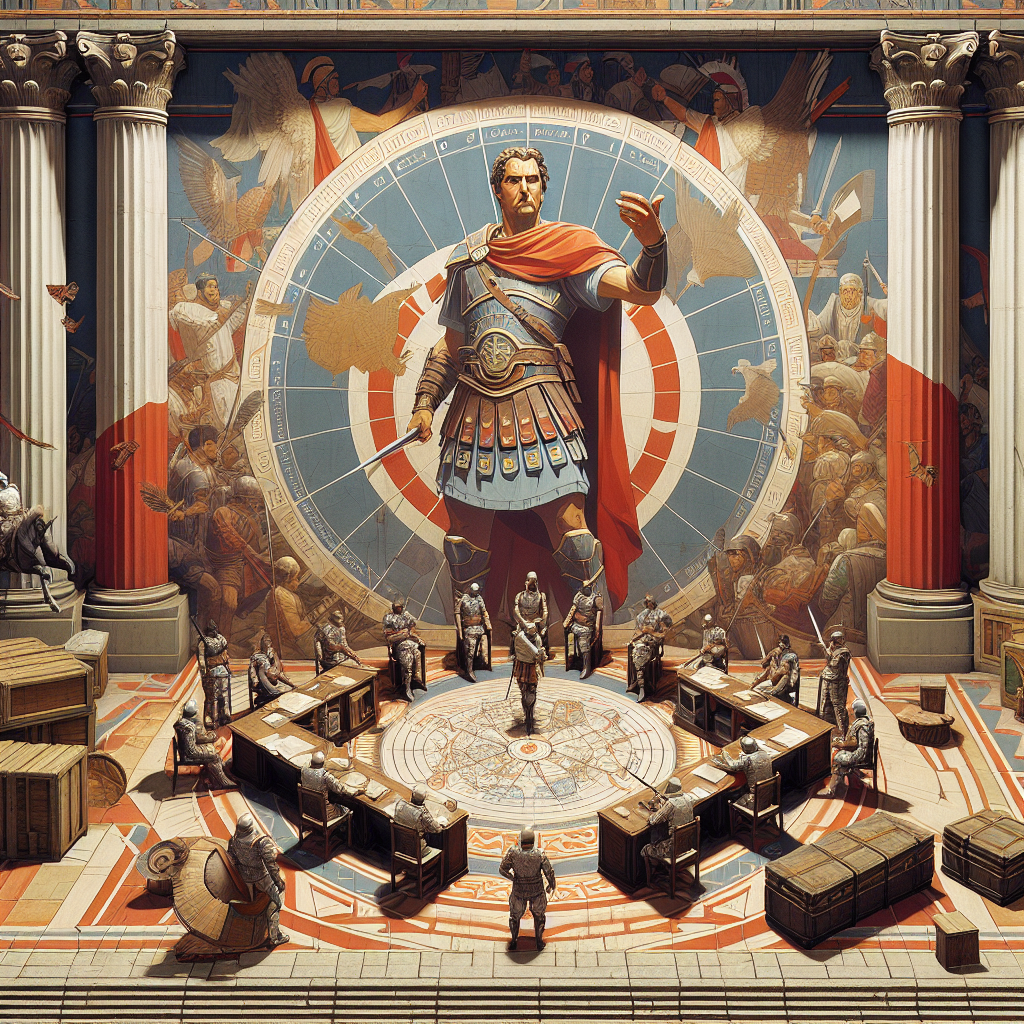
These characters can also serve as role models, encouraging players to embrace qualities like resilience, intelligence, and courage. By creating relatable narratives around these historical figures, games can foster a deeper connection between players and history, making learning enjoyable.
3. Challenges in Adapting History for Gameplay
While the idea of historical figures as game heroes is exciting, it comes with challenges. Developers must balance historical accuracy with engaging gameplay. For instance, a game based on the life of Cleopatra should accurately portray her reign while allowing players to engage in thrilling adventures. Striking this balance ensures that players not only enjoy the game but also gain insights into the past.
Additionally, developers should be mindful of cultural sensitivities when portraying historical figures and events. Respectful representation can enrich the gaming experience and foster greater understanding among players from diverse backgrounds.
In conclusion, historical figures as game heroes present a fantastic opportunity for game developers to create engaging and educational experiences. By transforming real-life characters into heroes, games can inspire players to explore history while enjoying immersive gameplay. Whether it’s leading armies, solving scientific mysteries, or navigating political intrigue, the potential for compelling narratives is limitless. As the gaming industry continues to evolve, let’s hope to see more historical figures stepping into the spotlight as game heroes, captivating players with their stories and legacies.
Some content and/or images on this page were created using AI.

